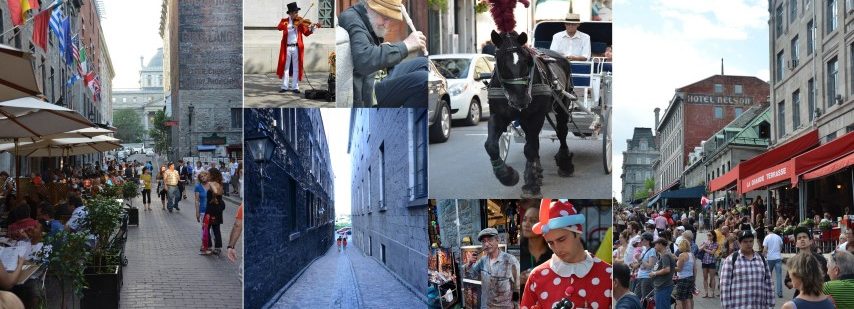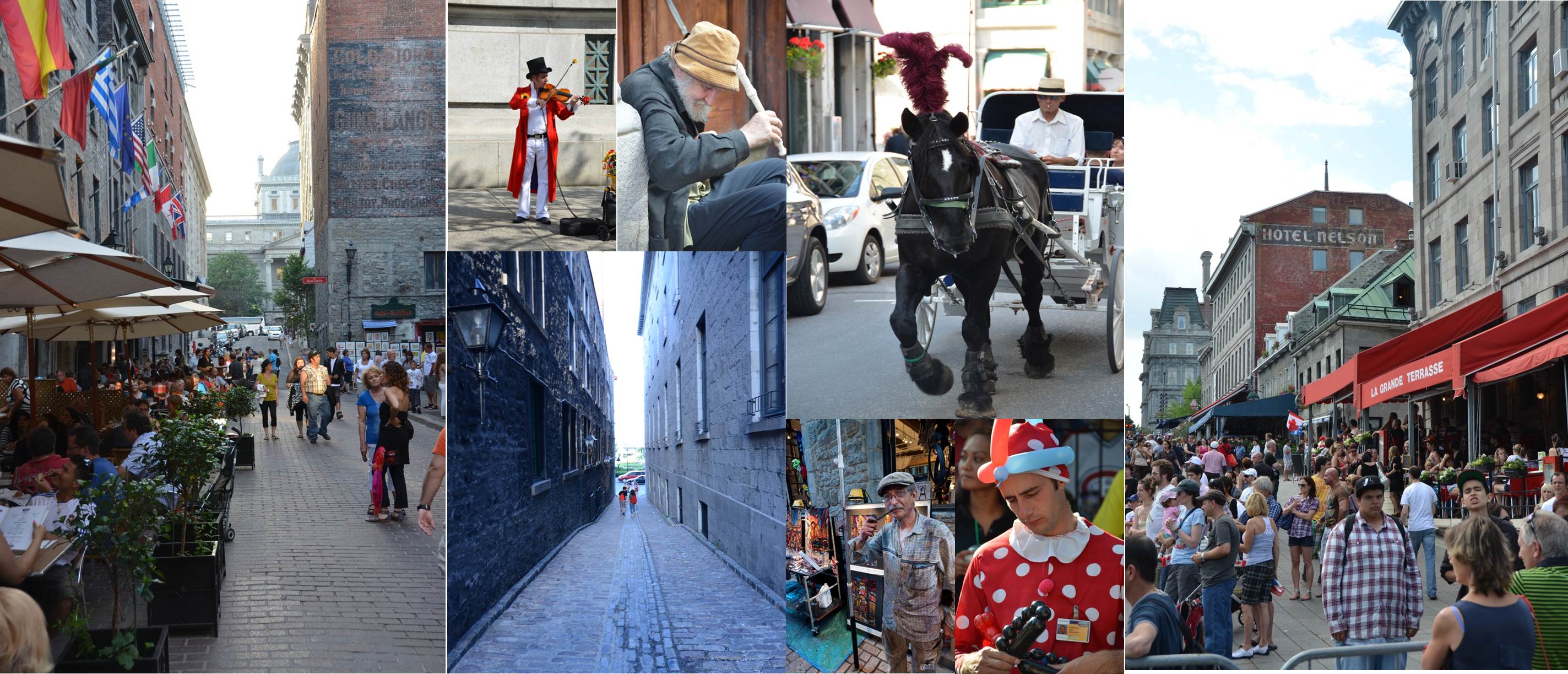Archiscape Blog

The Culture and People of (Old) Montreal
Montreal is one of the most active and social hubs of Canada. Canadians flock to Montreal for its rich culture, diverse entertainment, and general social atmosphere. Ever since prohibition in the U.S., Americans have flocked to this large and exciting city situated close to the American border. And in 1967, Montréal welcomed the world to Expo 67, the world’s fair, further increasing its reputation for culture and social magnetism. It was considered to be the most successful World’s Fair of the 20th century with 62 nations participating and over 50 million attendees.
Today, much of what makes Montréal special is either very old or very new. The city’s great, gleaming skyscrapers and towering hotels; the superb Métro system; and the highly practical underground city date mostly from the 40 years since the Expo. A renaissance of the oldest part of the city, Old Montreal or Vieux-Montréal, began with extensive renovations to the Old Port in the 1980s and 90s.
Old Montreal, a tourist destination unto its own, is a living museum of the early history of Montreal, of Quebec and of Canada. It is also a very liveable neighborhood, thanks to renovations of many of the area’s warehouse buildings into offices, apartments, condos, hotels and stores. The scale of the streets, once traveled only on foot or by horse, assures a pedestrian scale that makes it welcoming to people who live/work there or visit.
*Some information from Frommer’s and Wikipedia.

